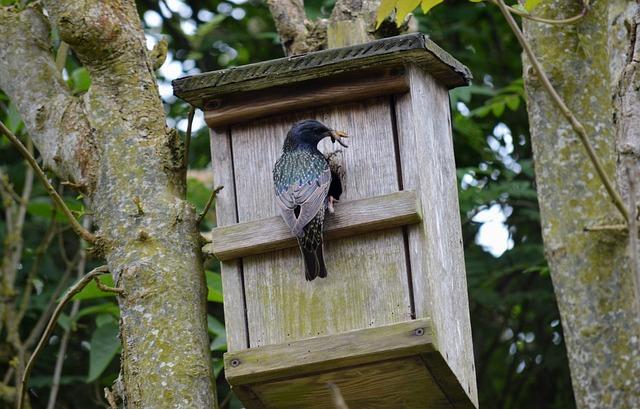Once upon a time, in a small village blanketed by winter snow, the townsfolk gathered to celebrate the winter solstice. They adorned their homes with evergreen branches, symbolizing eternal life, and hung bright berries to represent the promise of spring. As the years passed, these humble decorations evolved into the vibrant ornaments we know today. Each twinkling light and shimmering bauble carries whispers of ancient traditions, reminding us that Christmas is not just about festivity, but also about hope, renewal, and the warmth of community.
Table of Contents
- Exploring the Historical Roots of Christmas Decorations
- Symbolism Behind Traditional Ornaments and Their Significance
- Cultural Variations in Christmas Decor Across the Globe
- Tips for Incorporating Meaningful Decorations into Your Celebrations
- Q&A
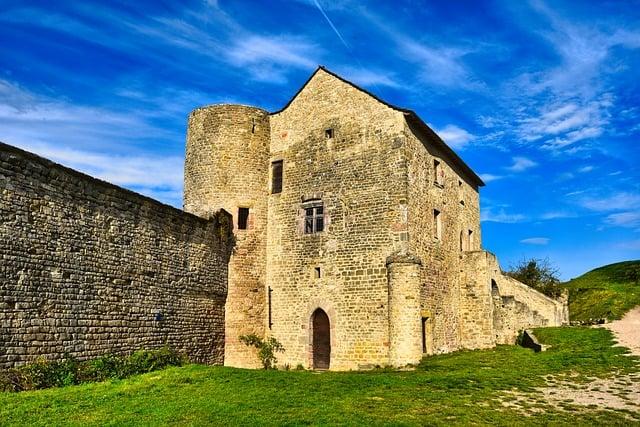
Exploring the Historical Roots of Christmas Decorations
The origins of Christmas decorations can be traced back to ancient traditions that celebrated the winter solstice, a time when communities gathered to ward off the darkness and welcome the return of light. Early civilizations, such as the Romans and Celts, adorned their homes with evergreen boughs, symbolizing eternal life and resilience against the harsh winter. These practices laid the groundwork for what would evolve into modern Christmas decor. Over time, the incorporation of **holly**, **mistletoe**, and **ivy** became prevalent, each carrying its own significance—holly representing protection and mistletoe symbolizing peace and goodwill.
As Christianity spread, these pagan customs were intertwined with the celebration of the birth of Christ. The use of lights, initially derived from the tradition of lighting candles to signify hope and joy, transformed into the vibrant displays we see today. The introduction of the Christmas tree in the 16th century, often adorned with **fruits**, **nuts**, and later **ornaments**, further enriched the festive atmosphere. This melding of ancient practices with Christian symbolism created a tapestry of meaning behind Christmas decorations, reflecting themes of **renewal**, **joy**, and **community** that resonate through the ages.
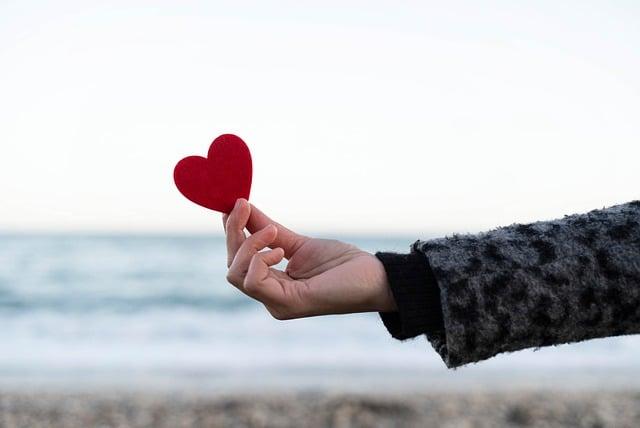
Symbolism Behind Traditional Ornaments and Their Significance
Throughout history, traditional ornaments have served as more than mere decorations; they embody rich symbolism that reflects cultural beliefs and values. For instance, **evergreen trees** symbolize eternal life and resilience, reminding us of hope and renewal even in the darkest winter months. **Stars**, often seen atop Christmas trees, represent guidance and inspiration, harking back to the Star of Bethlehem that led the Wise Men to the birthplace of Jesus. Similarly, **wreaths**, with their circular shape, signify the cycle of life and the unending love of God, making them a poignant reminder of the season’s deeper meanings.
Moreover, the colors used in Christmas ornaments carry their own significance. **Red** is often associated with the blood of Christ, symbolizing sacrifice and love, while **green** represents growth and rebirth. **Gold** reflects the richness of the season, embodying the gifts of the Magi and the divine nature of Christ. Each ornament, from **angels** to **candy canes**, tells a story, weaving together themes of faith, joy, and community. As families adorn their homes, they not only celebrate the festive spirit but also connect with centuries of tradition, imbuing their celebrations with meaning and purpose.
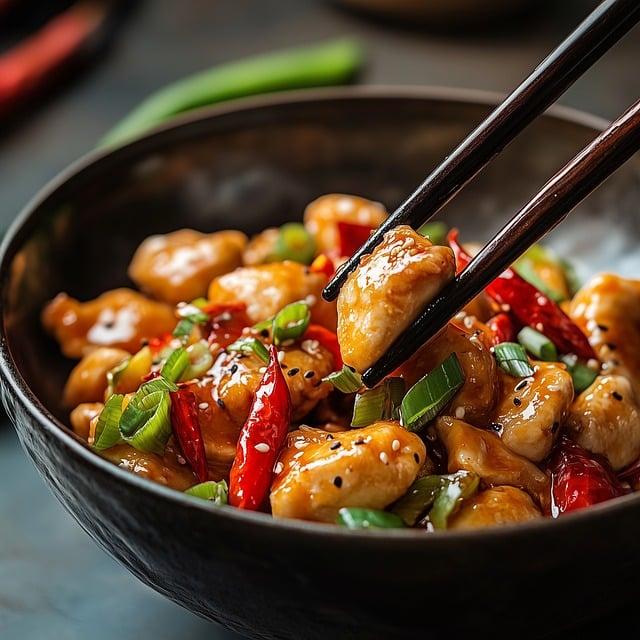
Cultural Variations in Christmas Decor Across the Globe
Christmas decorations vary widely across cultures, each reflecting unique traditions and beliefs. In many Western countries, the iconic Christmas tree adorned with twinkling lights and colorful ornaments symbolizes the joy and warmth of the season. Meanwhile, in Mexico, vibrant piñatas shaped like stars are hung to represent the Star of Bethlehem, and families gather to break them open, celebrating togetherness and the spirit of giving. In Ethiopia, where Christmas is celebrated on January 7th, homes are often decorated with greenery and colorful fabrics, emphasizing the importance of nature and community in their festivities.
In Japan, Christmas is not a public holiday but is celebrated with a unique twist; many people decorate their homes with illuminated displays and enjoy a festive meal of fried chicken, a tradition popularized by a successful marketing campaign. In the Philippines, the parol, a star-shaped lantern, is a prominent decoration symbolizing the Star of Bethlehem and guiding light. These cultural variations highlight how Christmas decorations serve not only as festive adornments but also as expressions of local customs, beliefs, and the universal themes of hope and joy that resonate across the globe.
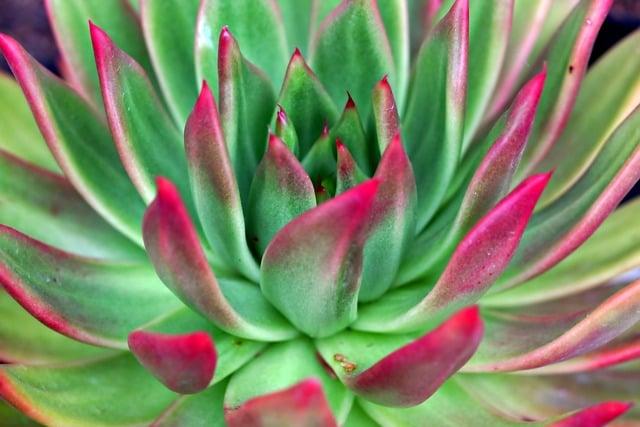
Tips for Incorporating Meaningful Decorations into Your Celebrations
When it comes to enhancing your celebrations, the key lies in selecting decorations that resonate with personal significance. Consider incorporating **handmade ornaments** that reflect your family’s history or traditions. These could be crafted from materials that hold sentimental value, such as old photographs or fabric scraps from cherished clothing. Additionally, using **natural elements** like pinecones, holly, or dried citrus can evoke a sense of warmth and connection to nature, reminding us of the season’s bounty and beauty. Each piece can tell a story, inviting guests to engage with the decorations on a deeper level.
Another way to infuse meaning into your decor is by embracing **cultural symbols** that celebrate the diversity of the season. For instance, incorporating **candle displays** can symbolize hope and light, while **colorful textiles** from various traditions can add vibrancy and richness to your space. You might also consider creating a **memory corner** where you display items that honor loved ones who are no longer with you, such as framed photos or mementos. This thoughtful approach not only beautifies your environment but also fosters a sense of community and remembrance, making your celebrations truly memorable.
Q&A
-
What is the historical significance of Christmas decorations?
Christmas decorations have roots in ancient traditions, often symbolizing the celebration of light during the winter solstice. Evergreen plants, like holly and ivy, were used to represent eternal life and rebirth, while candles symbolized the arrival of Christ as the light of the world.
-
Why do we use specific colors in Christmas decorations?
Colors like red, green, gold, and white have specific meanings:
- Red symbolizes the blood of Christ and love.
- Green represents life and renewal.
- Gold signifies royalty and the gifts of the Magi.
- White stands for purity and peace.
-
What is the origin of the Christmas tree tradition?
The Christmas tree tradition is believed to have originated in Germany in the 16th century. It symbolizes the Tree of Life and the promise of eternal life through Christ. The practice spread across Europe and eventually to the rest of the world, evolving into the festive decoration we know today.
-
How did ornaments become a part of Christmas decorations?
Ornaments began as simple fruits and nuts hung on trees, symbolizing abundance and the harvest. Over time, they evolved into glass and metal decorations, often representing personal stories, memories, and the joy of the season, adding a personal touch to the festive atmosphere.
As we adorn our homes with festive cheer, it’s essential to remember the rich tapestry of meanings behind each decoration. From ancient symbols to modern interpretations, Christmas decorations invite us to celebrate tradition, unity, and the spirit of giving.

大家好,我是彼得潘,專業的手法身體治療師。我喜歡探索和研究各種主題,並透過與人工智慧的合作分享專業、實用、有趣的文章。我們定期進行人工審核,以確保內容的準確性。如果您發現文章中有任何不準確的地方,請隨時與我們聯繫,我們會及時糾正。您可以透過 [email protected] 與我們聯繫。
